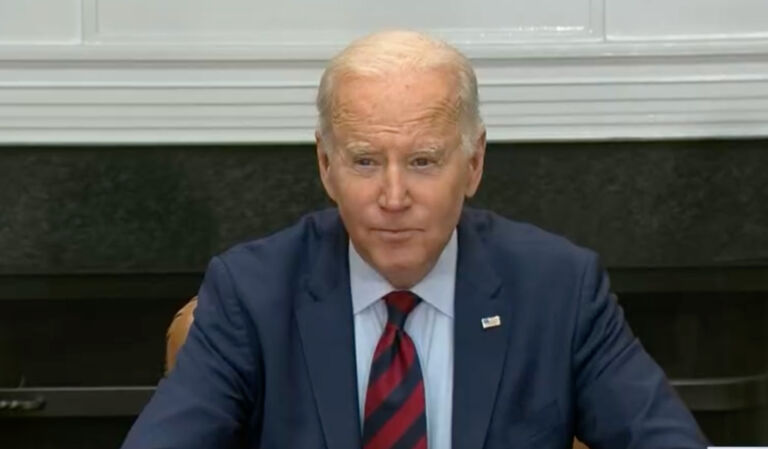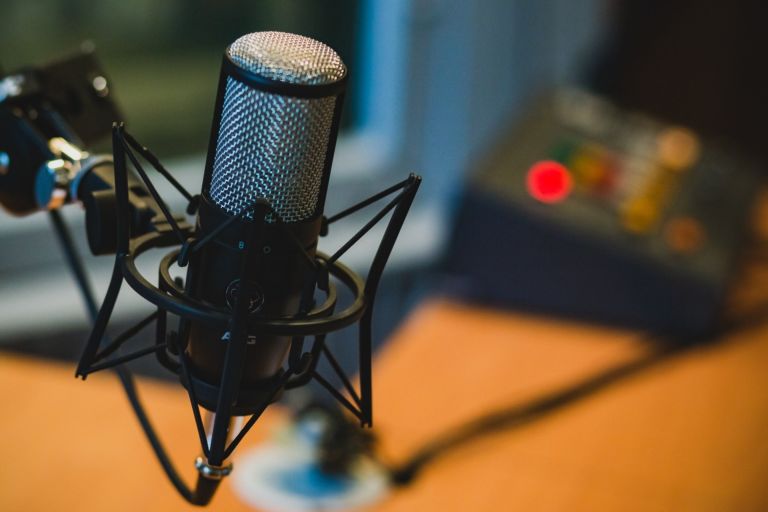Writing at Cleveland.com, Robert Higgs reports:
A court in Toronto rejected attempts by an advocate for indigenous people to block the Cleveland Indians from using its team name or Chief Wahoo logo….
Douglas Cardinal, a Canadian architect who designed the National Museum of the American Indian and a member of the Blackfoot tribe had argued that the team name and mascot logo were offensive and discriminatory. He sued in Supreme Court of Justice in Toronto, asking for an injunction from the to block use of the team name or logo in Ontario.
Cardinal’s action also named as defendants Major League Baseball and Rogers Communications, which owns the Blue Jays and the Rogers Centre and will broadcast the game in Canada.
But after hearing arguments Monday, the court rejected the request and dismissed the case….
Lawyers for Cardinal argued that the logo — which appears on some team caps and jerseys and depicts a grinning, red-faced cartoon with a feather headband – was racially discriminatory.
“Using a racially discriminatory caricature is a violation of the Ontario human rights code,” lawyer Monique Jilesen told Ontario Superior Court Justice Tom McEwen, according to The Associated Press….
Major League Baseball said it “appreciates the concerns” of those who find the name and logo “offensive,” according to the AP.
“We would welcome a thoughtful and inclusive dialogue to address these concerns outside the context of litigation,” the league said in a statement.
“Given the demands for completing the League Championship Series in a timely manner, MLB will defend Cleveland’s right to use their name that has been in existence for more than 100 years.” …
In a statement after the decision, Cardinal expressed disappointment….
“We had hoped the court would recognize the immediate harm that the Cleveland baseball team racist’s name and logo would cause, especially since the team has already demonstrated its ability to wear a jersey without an offensive name and mascot,” Cardinal said. “That this kind of discrimination is not a violation of human rights underscores the challenge Indigenous Persons of North America continue to face.”


